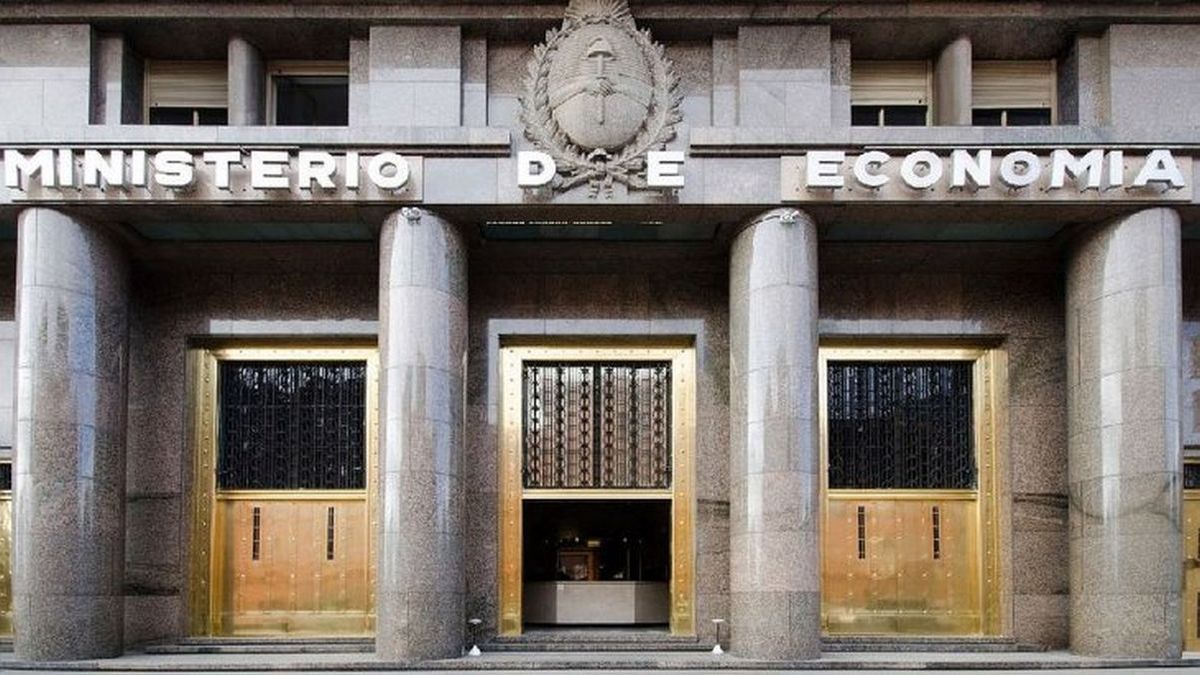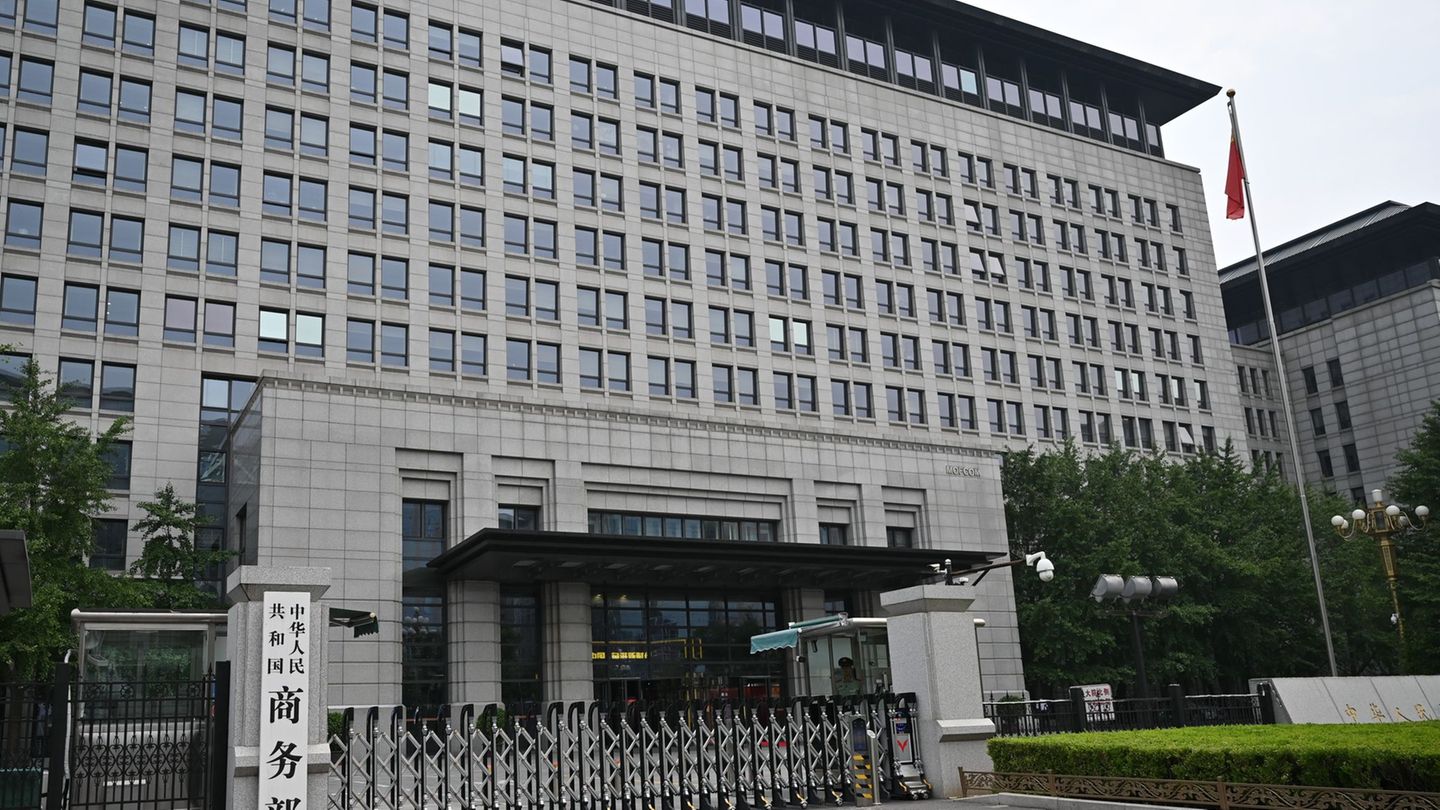The Ministry of Economy placed $5.9 billion in the first debt tender in pesos in October and this time it was able to refinance the almost $5.1 billion that was due. The result involved a turnaround with respect to the previous auction: not only because on that occasion he had barely managed to renew 67% of the expirationsbut also because the Government had celebrated that performance as a reflection of a greater demand for money. What happened now?
For now, this Wednesday, in the first tender of October, the team of Luis Caputo It received offers for $6.32 billion, of which it awarded an effective value of $5.9 billion. Thus, he placed a extra debt over the payments to be made next Monday of $830,000 million.
The Secretary of Finance, Pablo Quirnoannounced that That surplus “will be deposited in the Treasury account at the BCRA”the liquidity cushion that functions as one of the ways of monetary expansion or contraction under the current scheme (the other is the stock of Fiscal Bills held by the banks).
Finance had presented investors with a menu of nine titles. Among them, four letters capitalizable at a fixed rate (Lecap) next January, April, May and August; two Boncap (similar to the Lecap but with a term of more than one year) to October and December 2025; two inflation-tied bonds (Boncer) to December 2025 and March 2026; and a dollar linked to December 2025.
The two most demanded instruments were the shorter Lecap ($1.65 billion were awarded) and the longer Boncap ($1.08 billion).
Between the two Boncers and the dollar linkedinstead, only $520,000 million were concentrated (8.8% of the total), which some read as an alignment of the city with the idea of continuity of the stocks for a long time. In fact, Javier Milei and Caputo confirmed, in an interview with the Financial Times, that the economy is not yet prepared for a lifting of exchange control. For its part, Felipe Nuneza member of the economic team, considered that “CER and dollar linked rates continue to show that the market continues to discount a real appreciation of the exchange rate”.
“The issuance of Boncap, offered for the first time and which have a maturity of more than one year, allows the Treasury to continue extending the average term of maturities of its peso curve,” Quirno celebrated in his X account.
As for the ratesthe Lecaps cut 3.9% effective monthly in January, 3.87% in April and May, and 3.9% in August; Boncap at 3.9% in October and 3.89% in December; the Boncer at 9.99% real annual to 2025 and 10.39% to 2026; and the linked dollar had a negative rate of 2.01%.
These Yields showed a small drop compared to the last tender, but Economía had to pay rates somewhat higher than those of the secondary market to obtain the funding finally awarded. According to economist Javier Giordano, this “indicates that on this occasion rolling maturities was prioritized.”
image.png
From that point of view, it could be interpreted that there was a change in the Government’s strategy with respect to the previous tender, in which it only renewed 67% of the maturities and did not award all the offers received (which were also not enough to refinance 100 %).
In any case, The market response in this tender seems to collide with the rhetoric that the Government used to argue the low percentage of rollover at the end of September. On that occasion, Quirno pointed out that the disarmament of Lecap from the banks responded to the greater demand for credit by its clients and that it was a “remonetization in pesos of the economy planned since the beginning of the program”, a movement which Economy classified as “crowding in” by shifting financing from the public sector to the private sector.
“Is crowing out or SPNNF back (National Non-Financial Public Sector) contractive in monetary terms?”, ironically stated the economist Gabriel Caamañofrom the consulting firm Outlier, in its those pesos returned to the Treasury curve.”
Source: Ambito




